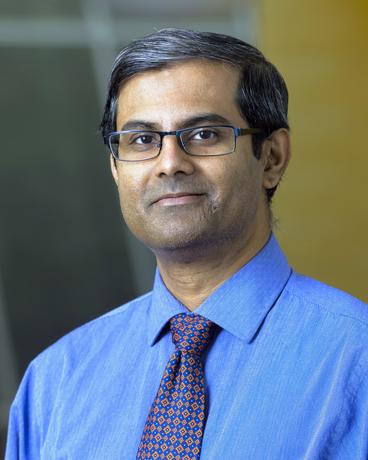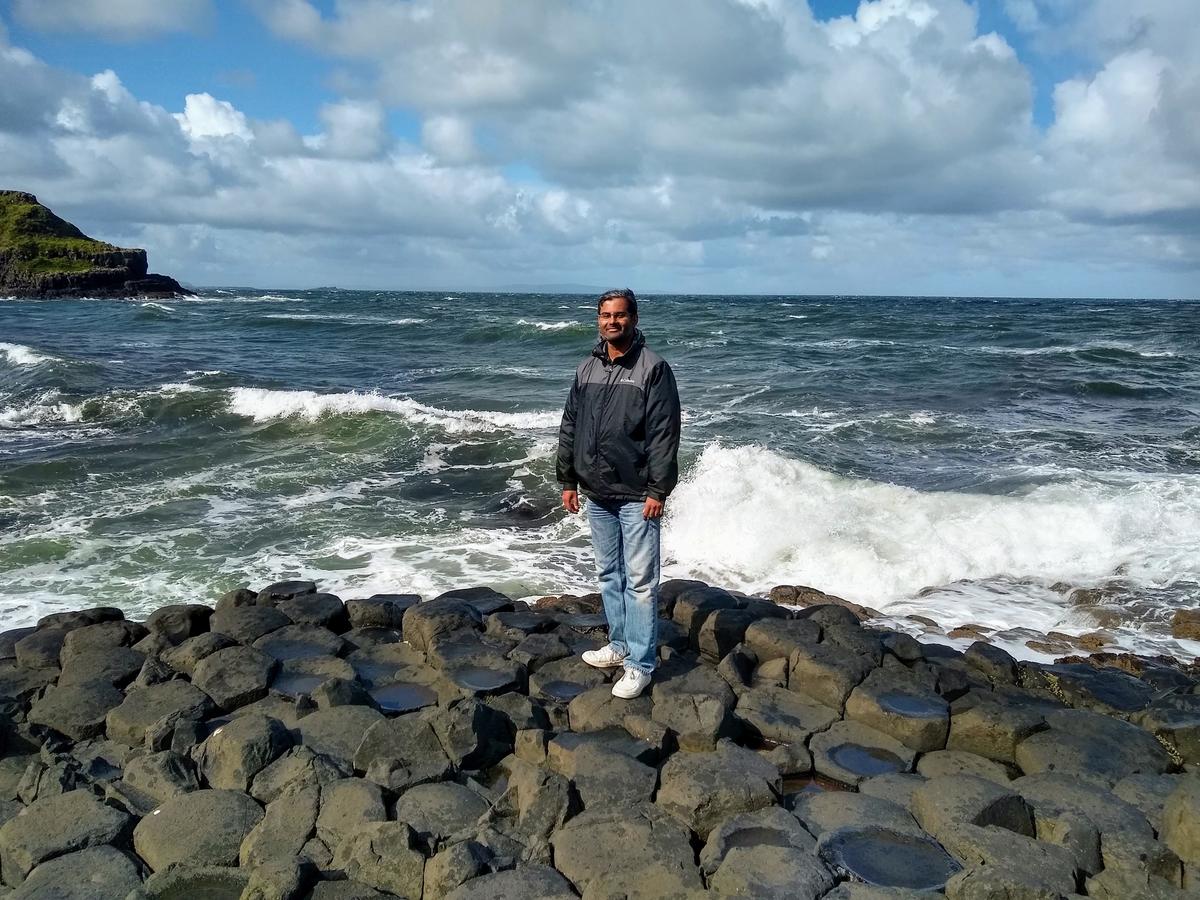The global pandemic – and the ensuing supply chain issues – accelerated our awareness of the fragility of our interconnectedness.
And the 2020 quarantine pushed our reliance on electronics even further.
“The United States needs to identify new metallic mineral resources of nickel, cobalt, platinum group elements, manganese and vanadium, and several other metallic commodities,” said NRRI’s newest Economic Geologist Joyashish Thakurta.
He added that it’s important to scientifically characterize these deposits and to create a sustainable development plan in conjunction with economic opportunities and environmental constraints.
“There needs to be a long-term cost-benefit analysis of our natural resources to address such priorities,” Thakurta said.
He points to the need of metallic minerals to create new national infrastructure, including the reconstruction of electric power grids, manufacturing advanced batteries, creating state-of-the-art electronic devices for advanced computing, as well as for devices used in national security.
Now, more than ever, the job of an economic geologist is mission critical.

Thakurta joined the NRRI Geology and Mineral Opportunities Research Group in May of this year, leaving a professor’s role at UMD, to apply his expertise to applied research.
“My research objective is to identify scientific pathways for the discovery and development of such natural resources,” said Thakurta. “These mineral deposits will create new economic opportunities for local industry to meet the infrastructural needs of Minnesota as well as the greater United States.”
Thakurta has specific expertise in the origin of economic mineral deposits of nickel, copper and platinum group elements hosted in mafic and ultramafic igneous rocks. He is working to characterize critical mineral resources in Minnesota’s Tamarack deposit, the Duluth Gabbroic Complex and the Eagle deposit in Michigan’s Upper Peninsula and to explore for new deposits in similar rock-types across northern Minnesota.
“The best part of the work is to engage directly with the minerals industry and to be part of a wider network of professionals across multiple disciplines,” Thakurta said. “Geological field trips and exploration activities in distant locations are also very intriguing.”
Teamwork
There’s more to mining than digging up rocks. Understanding the impacts to water and land resources and complex mineralogy requires mineral research that engages with all of NRRI’s diverse expertise.
“NRRI has a powerful collaborative network in all of these disciplines,” said Thakurta.
Thakurta also taps into the University of Minnesota system for access to robust instrumentation for petrological and geochemical investigations.
Off Hours
Relaxing with classical music is a favorite past time for Thakurta. But he recently took his own musical talents to a new level.
“I play the violin, viola and cello,” he said. “And during the pandemic I’ve learned new techniques in audio-recording and sound editing to record myself playing all three instruments as a one-man trio.”
